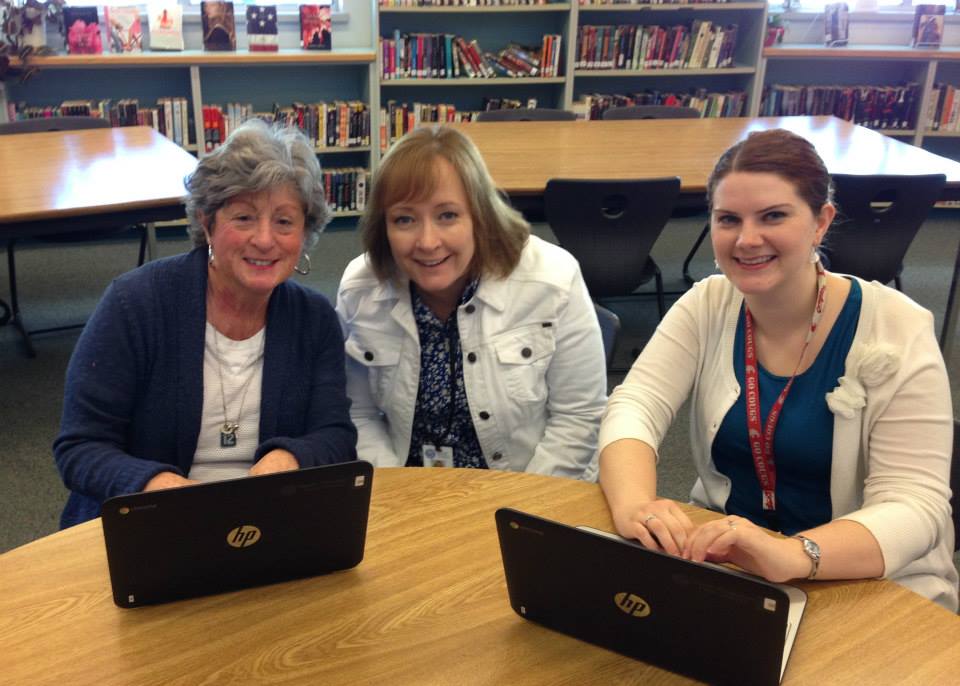
By Katie Doolittle
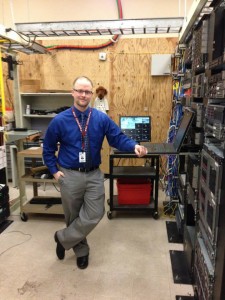
Two years ago, North Thurston Public Schools had a maximum of 160 wireless devices in daily use throughout the district. Today, that number has skyrocketed to over 3,100. Thanks in part to a successful $175 million technology, safety and neighborhood schools bond, teachers and students regularly access carts full of tablets, PC laptops, and Chromebooks.
“At 4,634 student devices (152 mobile labs) total, that’s a bigger net increase in two years than the prior decade combined,” shares Derek Stewart, the district’s Director of Technology.
“Technology is an integral part of our 21st century society and in the daily lives our students,” adds Stewart. “For our teachers to provide students a well-rounded education, technology has to be part of that equation.”
Stewart is in a unique position to gauge the needs of NTPS students, having grown up in the district. While attending Timberline High School, Stewart took every technology class available and interned with the district’s techs. Shortly after graduating, he joined their ranks.
After 15 years of service, Stewart is now proud to lead the district’s team of 16 dedicated technology staff (up from seven when he started). These are the experts who, in Stewart’s words, ensure “that all our district technology is safe, secure, and ready to support student learning and district operations.” They are the people patiently handling day-to-day user issues and equipment maintenance. They are also the people researching, recommending, and performing upgrades—an especially vital task as state testing enters the digital era.
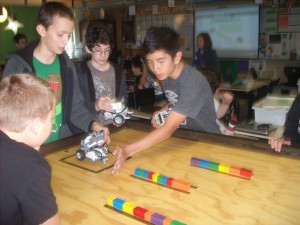
Most importantly, technology efforts have had a profound impact on the overall educational climate. In some cases, it has enabled the creation of dynamic new classes. For instance, Chinook Middle School offers a robotics course that evolves young technology consumers into technology creators. Teacher Holly Berchet-Hall describes the overall value. “Students are designers, engineers, and team members practicing skills they can transfer to many areas of their present and future lives.”
Increased technology access has also dramatically impacted the traditional classroom, allowing for deeper exploration of long-held curricular objectives. Technology, says veteran social studies teacher Kristina Wilkinson, is “the perfect vehicle for allowing more exposure to world events and different ideas.” Currently, Wilkinson provides district-level leadership for her content area. This included an enthusiastic pilot of the Chromebooks now deployed district-wide. Today, 957 of the district’s 3,044 Chromebooks enable social studies students to make powerful connections between past history and current events.
Kathleen Agren, social studies teacher at Chinook, loves the constant access to real-world resources, especially current events and digital archives. “Rather than running off 160 copies or a class set of an article, I can post the link to my teacher page and have students access it throughout the day. The flexibility helps me keep the content relevant, and has the added benefit of conserving our paper resources.”
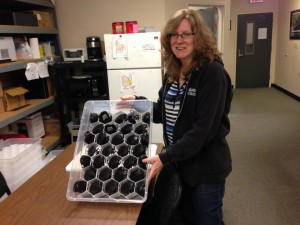
Andrea Brinkley, sixth grade Lakes Elementary School teacher, observes that “these kids are completely surrounded by technology, and will never have known life without it.” It’s certainly no surprise that tech-savvy students are quick to appreciate the internet’s educational value. “You can find more points of view. You can look at one event from different perspectives,” says River Ridge High School student Emilia.
Sarah Applegate, teacher librarian at River Ridge High School, appreciates that technology helps students “get access to resources for research and creating products for class. The challenge is that with this access comes great responsibility. While the internet and online databases are vast and quick, they require strong searching skills that students need to practice. Otherwise, they get 3 million hits on a topic and don’t have the background knowledge to sort the wheat from the chaff.”
Applegate speaks to Common Core standards that students will continue to use long after graduation. Students of all ages intuitively grasp the importance of these skills. Deliz, a sixth grader at Horizons Elementary School, says, “The technology skills that I’ve learned in school not only help me with my classroom learning, but give me the ability to answer the questions that I have in life as well.”

Marc Coyner is the librarian at Horizons Elementary. He speaks highly of educational cloud services. He mentions that online forums can run as ongoing seminars, providing “broader and more inclusive conversations than can sometimes occur in the classroom.” Coyner concludes, “I’ve come to see technology in the classroom as a great equalizer.”
Issues of equity move far beyond learning styles. Technology can also close the feedback gap, providing each student with personalized challenge or support. Traci Birbeck, the district’s Technology Integration Specialist, provides an example. “After participating in a group math lesson, students can use technology to check their understanding, then immediately get individual remediation and practice on the concepts they need help with. The remediation can be different for each student in the class.”
Birbeck’s position is one of the many ways in which NTPS seeks to support effective technology implementation. Her job is to help teachers leverage technology tools to increase student engagement and transform learning. Though Birbeck’s position has only existed for five months, she’s already taught more than 160 workshops, open labs, and one-on-one trainings.
In addition to students and staffs, parents and community members are also benefitting from the investment in technology throughout the North Thurston Public Schools community. Notably, the district’s free mobile app can be translated into nearly 70 different languages. That’s quite a boon in our diverse community. Now, families from a multitude of backgrounds can access key educational information—including their students’ grades, attendance records—and make online meal payments. People without students in the schools can find out about athletic events, how to volunteer and job opportunities. To date, the app has already been downloaded over 3,700 times.
Of course, students also profit from tech-enhanced communication. Drew, an eighth grader at Chinook, uses a tablet almost every day in study hall. “I like tablets in the classroom because I can do research and I can see if I have any missing assignments,” he says. North Thurston High School teacher Lindsey Boatright describes her class blog, “where students can go to access homework and class materials either in class or at home. This helps streamline the process of makeup work for absent kids, and provides them with a resource to reinforce what went on in class.”
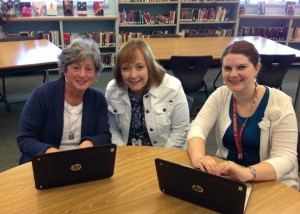
Boatright’s students see the value in a technology-infused classroom—and this most definitely includes their opportunity to submit assignments electronically. Student Lauren observes, “It makes it easier to keep organized and reduces the amount of stuff I have to keep track of and carry.”
All of these innovations are exciting. But they also happen to be expensive. Luckily, the NTPS technology department operates with a constant focus on efficiency and economy. “All of this work we’ve done wouldn’t be possible if it wasn’t for the support of our community and taxpayers,” said Stewart. “Technology isn’t cheap, so it’s our responsibility to make sure we’re getting the best return on investment to support student learning. It’s also important that we’re doing it in a way that is sustainable over the long term.”
A hearty thank you to North Thurston Public Schools—and the community at large—for providing students with the tools they need to thrive in today’s tech-driven world.

















































